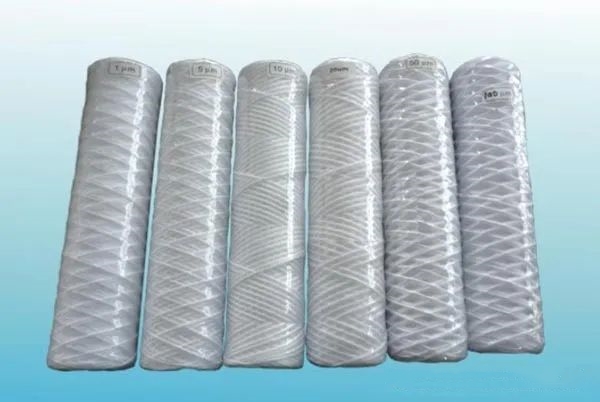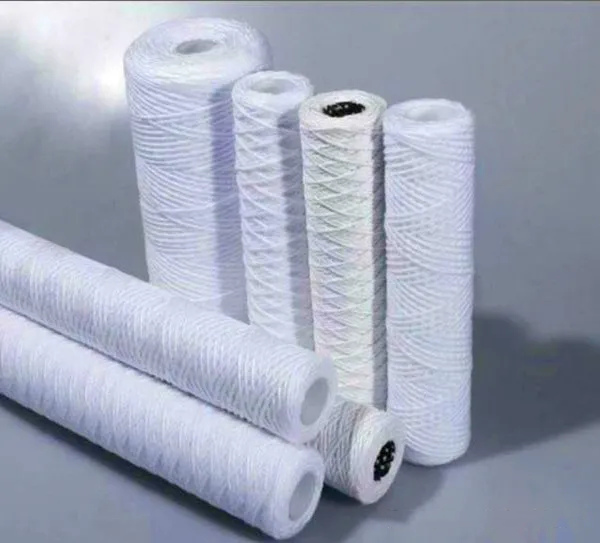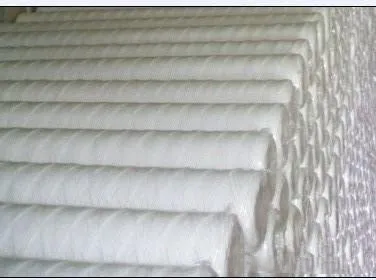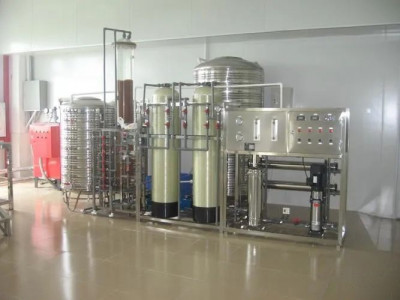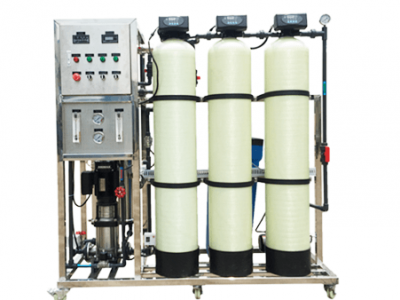Типы фильтрующих картриджей
Когда дело доходит до фильтрации жидкости, существует множество типов фильтрующих картриджей. Их можно разделить на два основных типа: картриджи для поверхностной фильтрации и картриджи для глубинной фильтрации.
1. Картриджи поверхностной фильтрации
Картриджи поверхностной фильтрации улавливают загрязнения на своей внешней поверхности. Как только поверхность фильтра забивается частицами, он больше не может эффективно функционировать, а это означает, что срок службы фильтров такого типа часто сокращается. Хотя поверхностные фильтры иногда можно промыть водой или сжатым воздухом для повторного использования, этот метод не всегда эффективен. Во время обратной промывки очищающая жидкость в первую очередь проходит по пути наименьшего сопротивления, что может привести к засорам на других участках, что делает фильтрацию еще менее эффективной.
Для тщательной очистки этих фильтров лучшим методом является ультразвуковая очистка чистой водой, хотя она может быть дорогостоящей. Альтернативно, если загрязнения растворяются в кислоте, для очистки можно использовать мягкую кислоту. Однако этот метод несет в себе риск коррозии и расширения пор фильтра, поэтому очищенный фильтр следует промыть чистой водой и проверить его работоспособность перед повторным использованием. Обычные материалы для картриджей поверхностной фильтрации включают фильтрующие стержни из спеченного ПВХ, полипропиленовые элементы, полученные выдувом из расплава, и фильтровальную бумагу из чистой целлюлозы.
2. Картриджи глубинной фильтрации.
Картриджи глубинной фильтрации предназначены для задержания большего количества загрязнений и увеличения времени между очистками, поскольку загрязнения задерживаются внутри фильтрующей матрицы в зависимости от размера частиц. Фильтры этого типа обычно служат дольше и сохраняют точность фильтрации лучше, чем поверхностные фильтры.
Раневые фильтры, в основном изготовленные из полностью полипропиленовых материалов, часто называют “хлопковые сердцевины.” Их преимущества включают достижение высокой скорости потока при низком перепаде давления, высокую точность фильтрации и длительный срок службы при эффективном сохранении точности фильтрации на протяжении всего процесса.
